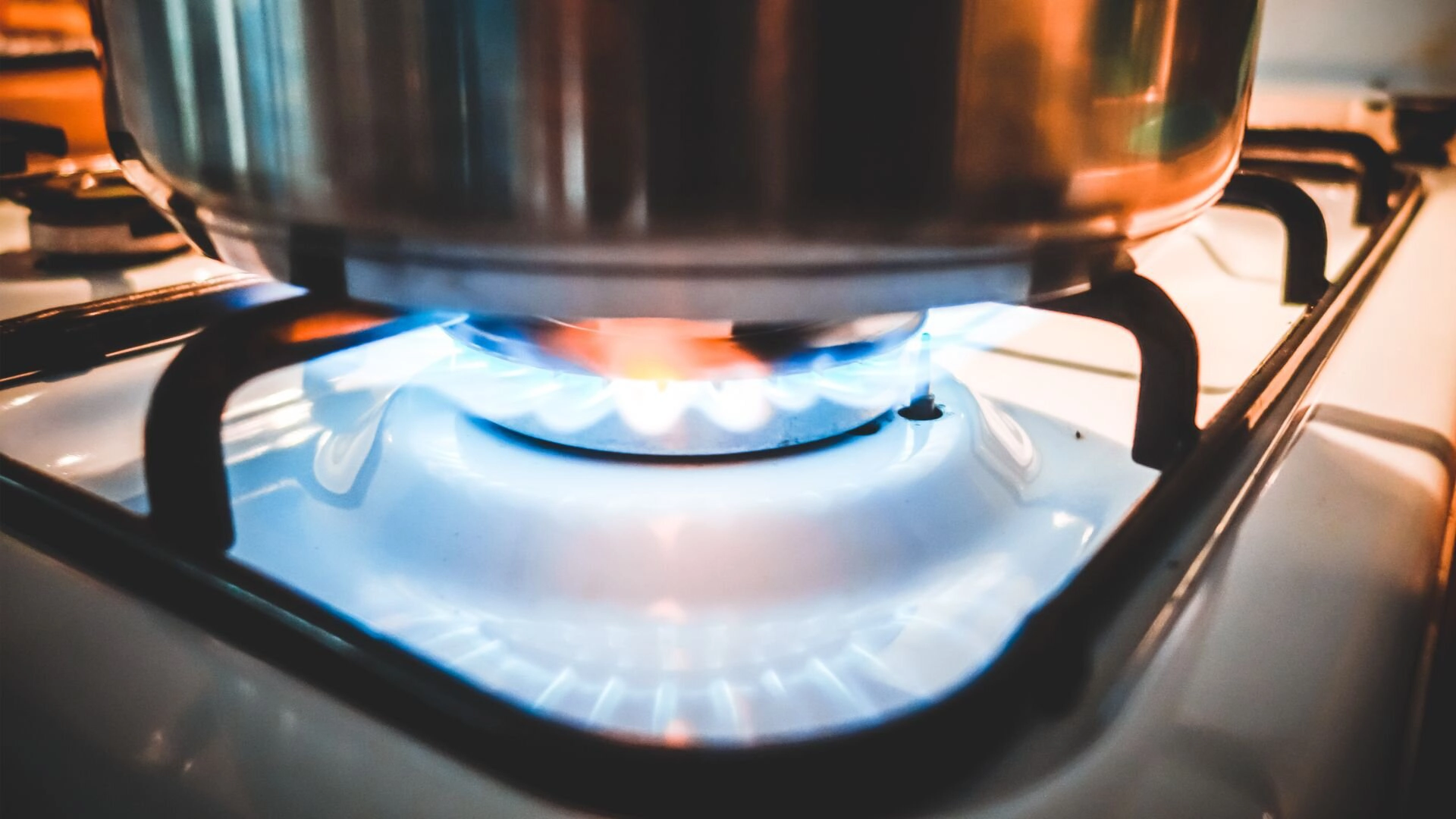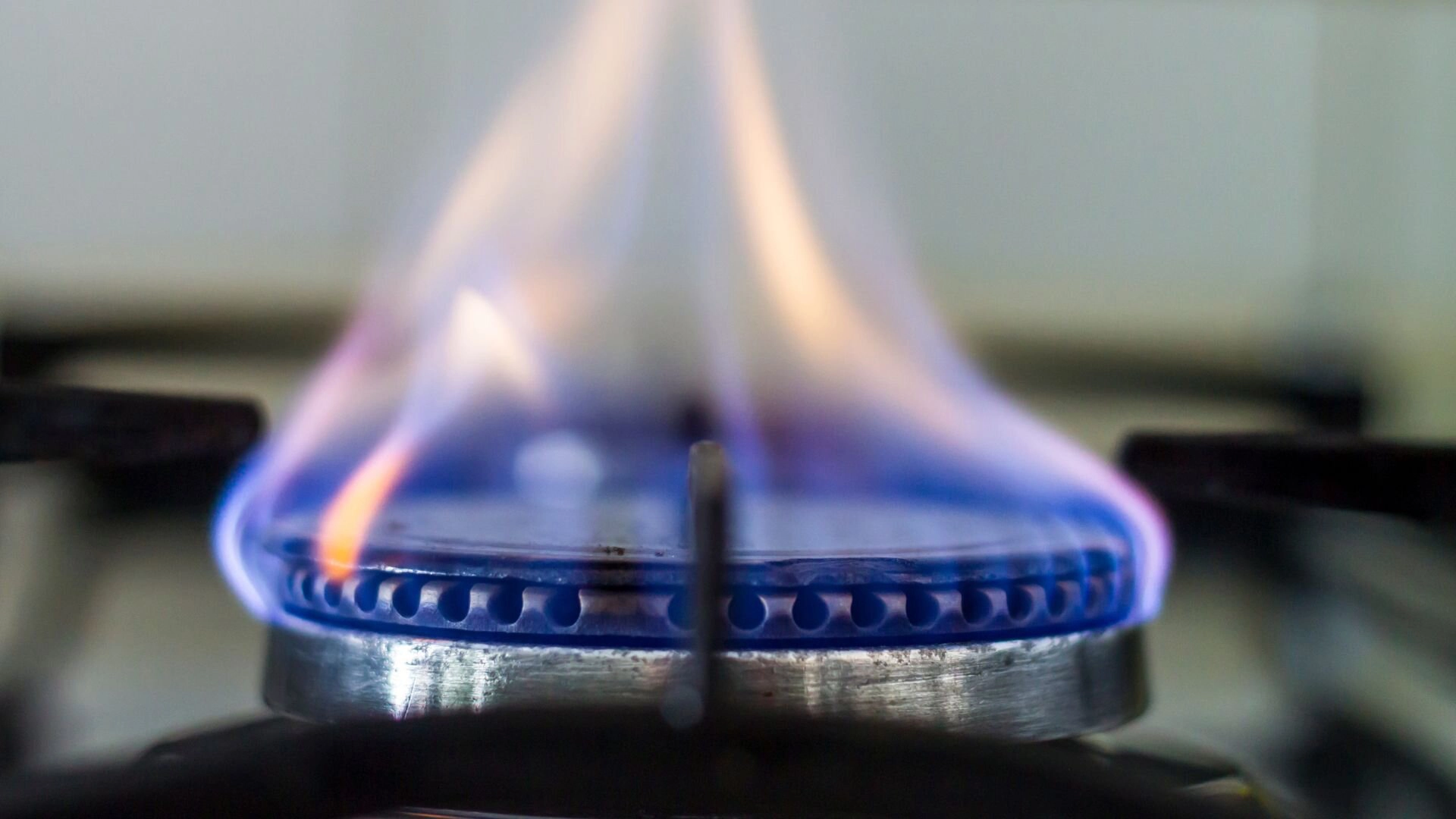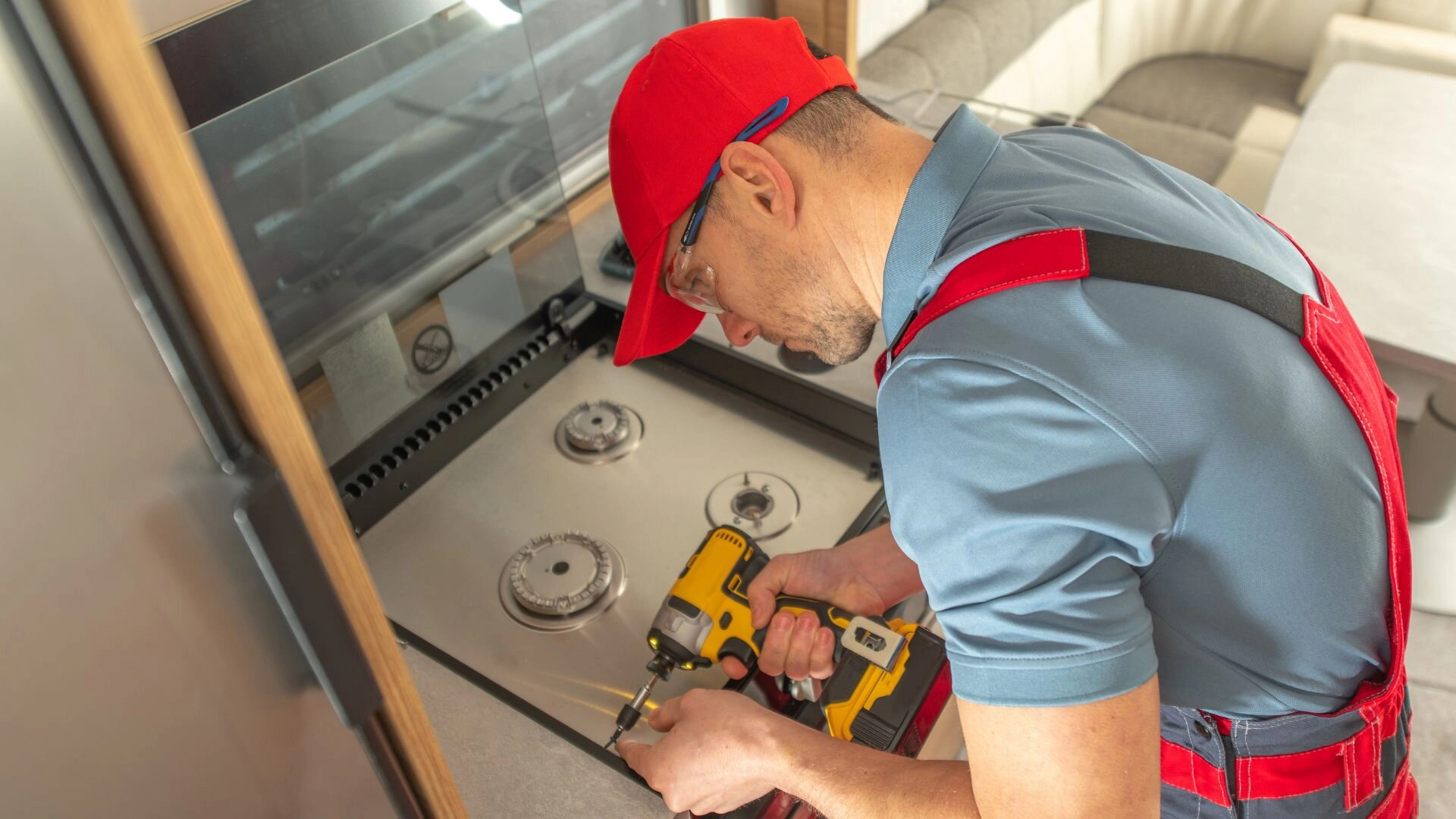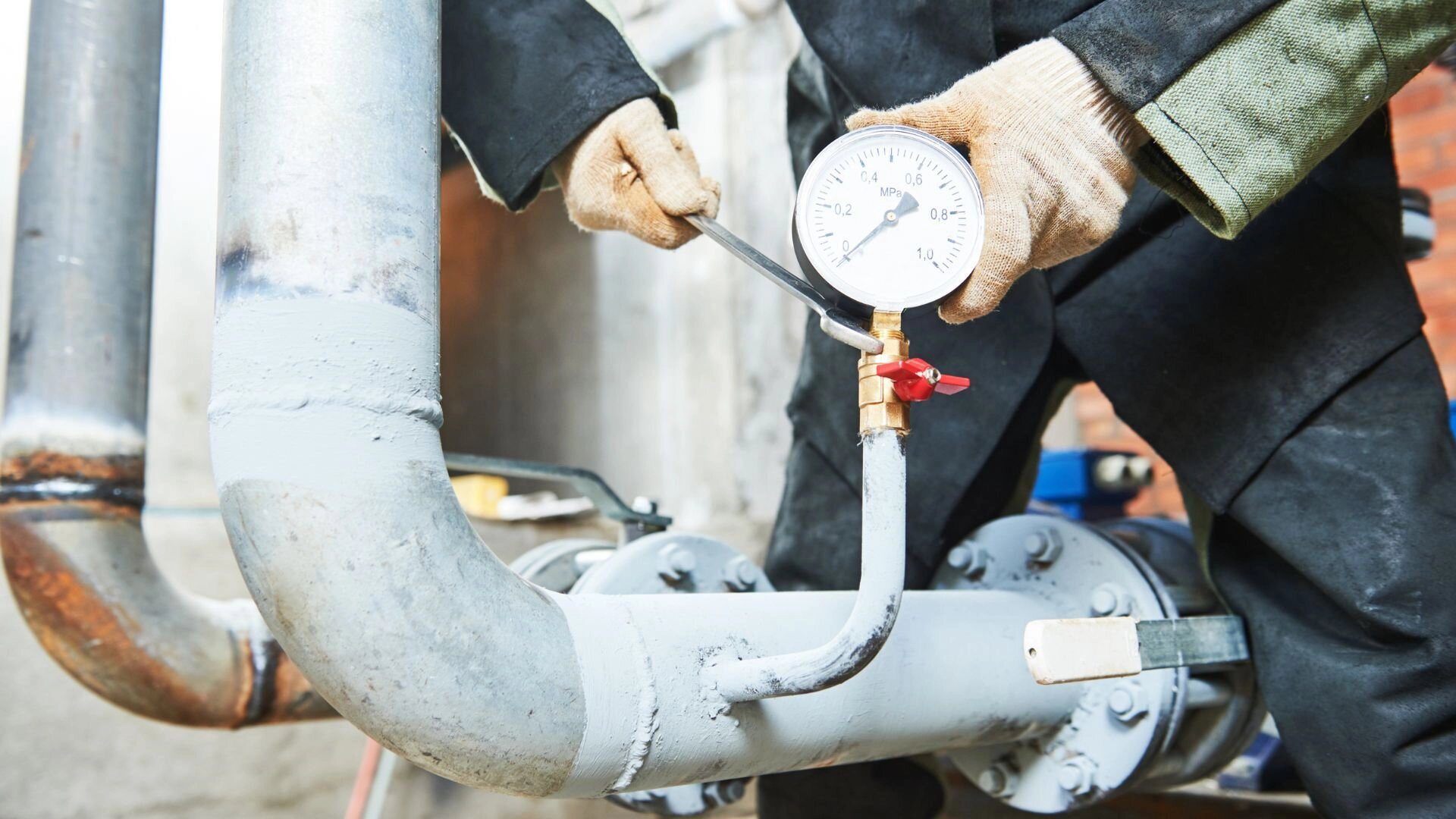Gas Line Sizing for Sydney Homes: Getting it Right
Explore the complexities of gas line sizing in our comprehensive guide. Uncover the key factors affecting gas line diameter and why it’s pivotal for your home’s safety and appliance performance.

For Sydney homeowners, ensuring a safe and efficient living environment involves understanding the intricacies of your home’s gas system. Amongst these, one aspect that often gets overlooked but is highly critical is gas line sizing .
Gas line sizing involves determining the accurate diameter of the pipes used in a home’s gas supply system .The size of your gas lines directly influences the performance and safety of your gas appliances, making it a crucial factor to get right. But what does this entail, and why is it so pivotal? Let’s explore further.
Unravelling Gas Line Sizing
The size of your gas lines directly impacts the performance and safety of your gas appliances, making it a crucial factor to get right. Correcting the sizing means ensuring that your system can handle the gas volume necessary for your appliances to operate optimally. The diameter of your gas lines must be large enough to deliver sufficient gas flow to each appliance, including your gas heater, but not so large that it becomes cost-efficient or potentially wasteful.
The process of sizing gas lines requires a comprehensive understanding of your appliances’ gas usage rates, the total length of the gas line from the gas meter to each appliance, and the pressure drop that occurs as the gas travels through these lines. It isn’t as simple as choosing the largest pipes for maximum flow—it’s a delicate balance between ensuring adequate gas supply while maintaining safety and cost-effectiveness.
Remember, this intricate process is not a DIY task; it requires the expertise of trained professionals to ensure accurate calculations and safe installation . Incorrect sizing could lead to subpar appliance performance, potential safety risks, and unnecessary costs. Understanding and implementing correct gas line sizing is pivotal to your home’s efficiency and safety.
Regarding gas installations, it is essential to work with experienced professionals who can properly size your gas pipes and ensure that your gas meter is installed correctly. They can also help you determine the best location for your gas meter and ensure that all gas connections are secure and up to code.

Suppose you’re considering adding a gas heater or other gas appliances to your home. In that case, a professional must evaluate your gas lines and heating system to ensure they can handle the additional load. They can also help you choose the most efficient and cost-effective gas appliances.
Proper gas line sizing and installation are critical for the safety and performance of your home’s gas system. Please don’t take chances with DIY gas installations or cut corners regarding your gas connection .Trust the experts to complete the job and keep your family safe and comfortable.
The Significance of Correct Gas Line Sizing
Incorrectly sized gas lines can lead to a variety of problems. If the lines are too small, they may not be able to deliver sufficient gas to your appliances, causing suboptimal performance or even appliance failure. Conversely, more than large lines can lead to higher installation costs and potential gas waste.
More importantly, incorrect gas line sizing can pose significant safety hazards. Insufficient gas pressure due to undersized gas lines can result in incomplete combustion in your appliances, leading to the hazardous production of carbon monoxide.
Influencing Factors for Gas Line Sizing
Several factors play a crucial role in determining the correct diameter for gas lines:
Number and Type of Gas Appliances
Each gas appliance in your home, from your stovetop and oven to your water heater and furnace, has a specific gas consumption rate. This rate is typically measured in Megajoules per hour (MJ/h) . The total gas consumption of all your appliances combined will dictate the necessary size of your gas lines. More appliances, or appliances with high gas consumption, will generally require more extensive diameter gas lines to ensure adequate gas flow.
Total MJ Load
Your home’s total Megajoules (MJ) load is a comprehensive measurement of the gas consumption of all its appliances. It is calculated by adding up the MJ/h ratings of each appliance. If your home has a high total MJ load, its gas lines must be larger to transport the required amount of gas effectively .

Length of the Gas Line
The total length of the gas line from the meter to the furthest appliance impacts the gas line size required. Over a long distance, gas pressure can drop due to friction loss. Larger diameter gas lines may be needed to maintain adequate gas pressure throughout the system.
Pressure Drop along the Line
As gas moves along the gas line, it experiences a decrease in pressure due to friction, known as the pressure drop. The pressure drop must be within acceptable limits to ensure that each appliance receives gas at sufficient pressure for optimal performance . If the pressure drop is too high, larger diameter gas lines may be required to maintain appropriate pressure.
The Process of Gas Line Sizing
Gas line sizing is a complex process that calls for precise calculations and a deep understanding of gas dynamics. It begins with a detailed inventory of all gas appliances in your home and their respective MJ requirements. A professional then factors in the length of the gas line and the permissible pressure drop to calculate the appropriate pipe diameter.
While this overview simplifies the process, it’s essential to understand that gas line sizing is not a DIY endeavour. Even minor mistakes can have significant consequences, so licensed professionals should always do this task.
Engaging Professionals for Gas Line Sizing
Hiring a licensed professional for gas line sizing and installation is paramount. These experts have the necessary training and experience to ensure your home’s gas system is safe and efficient.
When selecting a professional, seek out licensed and insured gas fitters, ask for references, and ensure they have a solid reputation for high-quality work. It’s also beneficial if they stay abreast of the latest safety standards and industry best practices.

Securing Home Safety and Efficiency: Gas Line Sizing
The importance of appropriate gas line sizing in your Sydney home cannot be overstated. From maintaining the performance of your appliances to ensuring the safety of your household, the correct diameter of your gas lines plays a pivotal role in the overall functioning of your home.
The first step is understanding the influencing factors and the complexities of gas line sizing. However, the actual task of sizing and installing gas lines is best left to professionals. It requires detailed calculations, an understanding of gas dynamics, and adherence to Australian standards.
Service First in Sydney is your go-to professional service for all gas line sizing and installation needs. With a team of licensed and insured gas fitters, you can rest assured that your home’s gas system will be handled with utmost care and expertise.
Don’t compromise on your home’s safety and efficiency. to schedule an appointment and ensure your gas line sizing is done right.